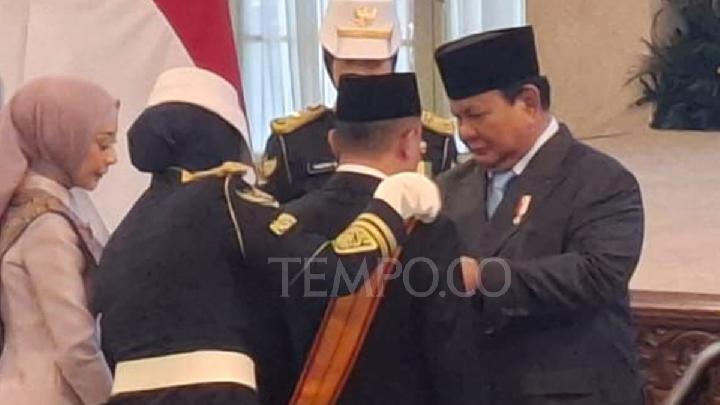August 21, 2025 | 04:06 pm

TEMPO.CO, Jakarta - In recent years, the phenomenon of deepfakes has emerged as a global concern. This is due to the significant potential for misuse of this technology. By utilizing artificial intelligence (AI), deepfakes can manipulate visual content to make it appear as though someone is saying or doing something that never actually occurred.
The rapid development of this technology has made manipulated content increasingly realistic, making it difficult for many people to distinguish between authentic recordings and manipulated ones. This situation poses serious risks because deepfakes are often used for negative purposes. These purposes range from tarnishing individuals' reputations to committing identity-based fraud and spreading hoaxes that can influence public opinion and social and political stability.
Understanding deepfakes, including the various types, is one way to combat them.
Types of Deepfakes
As reported by TechTarget, here are some main approaches to creating deepfakes that are widely used for both entertainment and digital crime purposes:
1. Source-based Deepfake Videos
This type uses original recordings of the target, and specific attributes such as facial expressions, head movements, and body language are mapped to another video. This process typically involves an autoencoder, an encoder that recognizes and extracts the target's facial features, while the decoder injects those features into a new video. The result is a video that makes it appear as if the target did something that never happened.
2. Face Swap
The face swap technique is perhaps the most popular form of deepfake. This method replaces someone's face in a video with the face of another person. While it is often used for entertainment content such as memes or face filter applications, this technique is also susceptible to misuse, for instance, to distribute illegal adult content or commit identity-based fraud.
3. Deepfake Audio
Not only visual, deepfakes can also be applied to voices. This technology uses Generative Adversarial Networks (GAN) and Natural Language Processing (NLP) to imitate a person's voice in great detail, including tone, accent, and speaking style. Deepfake audio is widely used in the entertainment industry, for example, in video games or automated customer services. However, misusing this technology can be dangerous. For example, it can be used for telephone fraud or social engineering.
4. Lip Sync
This technique makes a person's mouth movements in a video appear to synchronize with a specific audio recording. If the voice is also a result of a deepfake, the illusion created becomes even more convincing. Lip sync deepfakes are often used for propaganda or disinformation, as they can present public figures as if they are making specific statements that were never uttered.
Working Mechanism of Deepfakes
Deepfakes are not just ordinary edits or manipulations using Photoshop. Deepfakes utilize specialized algorithms that analyze data from existing recordings or images and manipulate them into new contexts using machine learning techniques.
Deepfakes use two main algorithms: the generator and the discriminator. The generator is responsible for producing initial digital content by shaping training data based on the expected output, while the discriminator evaluates how realistic or fake the content appears.
This iterative process allows the generator to become increasingly skilled at producing authentic-looking content while enabling the discriminator to improve its ability to detect shortcomings in deepfakes that need correction.
Myesha Fatina and Herzanindya Maulianti contributed to the writing of this article
Editor's Choice: Sri Mulyani Denies Video Calling Teachers State Burden: Hoax, Deepfake
Click here to get the latest news updates from Tempo on Google News
The Rise of AI-Generated Music and How to Recognize Them
1 hari lalu

AI-generated music often confuses casual listeners as many of its songs sound so realistic that they are difficult to distinguish from human compositions.
How to Use Instagram's New Repost Feature
11 hari lalu

Instagram's Repost feature is now available exclusively for Android and iPhone users.
YouTube to Use AI to Restrict Accounts of Users Under 18
19 hari lalu
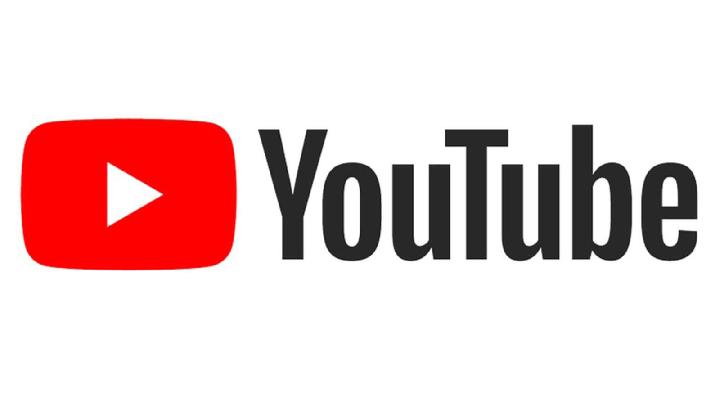
With AI, YouTube can detect accounts belonging to underage children by analyzing account age and user activity patterns.
How to Make Animated WhatsApp Stickers from Videos
28 hari lalu

Here's how to create animated WhatsApp stickers from video to make your conversations more expressive and fun.
Types of YouTube Content That Cannot Be Monetized
37 hari lalu

YouTube will start implementing policies to restrict monetization for certain types of content from July 15, 2025. What are they?
Introducing Veo 3: Google's AI That Turns Text Into Stunning 4K Videos
2 Juni 2025

Google's Veo 3 creates videos from text descriptions, often using a blurred background like smartphone portrait mode to highlight the main subject.
NTT Provincial Govt Reacts to Viral Video of Illegal Levies in Ratenggaro
21 Mei 2025

The East Nusa Tenggara (NTT) provincial government has responded to the unpleasant incident of extortion experienced by tourists and a YouTuber.
Reasons Why Some Facebook Content Cannot Be Monetized
20 Mei 2025

The reasons why Facebook content cannot be monetized turn out to be quite complex.
KPAI Urges Komdigi, Bareskrim to Act Faster in Taking Down Facebook Incest Content
19 Mei 2025

KPAI urges Communication Ministry (Komdigi) & the Police's Criminal Investigation Division (Bareskrim) to increase cyber patrol intensity in Facebook.
YouTube Launches New Editing Tools for Shorts to Rival TikTok and Reels
7 April 2025
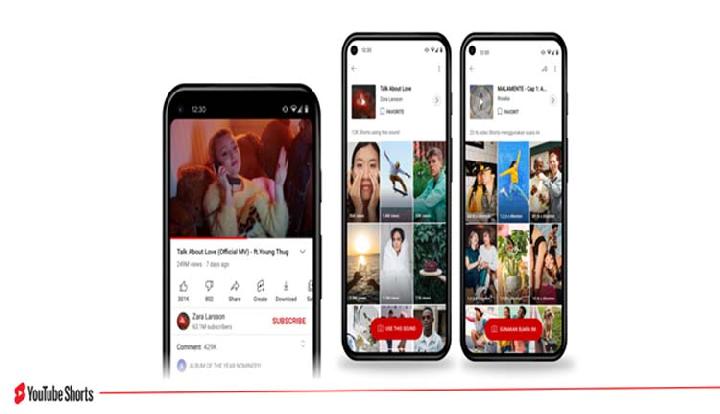
YouTube states that this new feature marks the first in a series of updates aimed at making the Shorts editing process more seamless.

















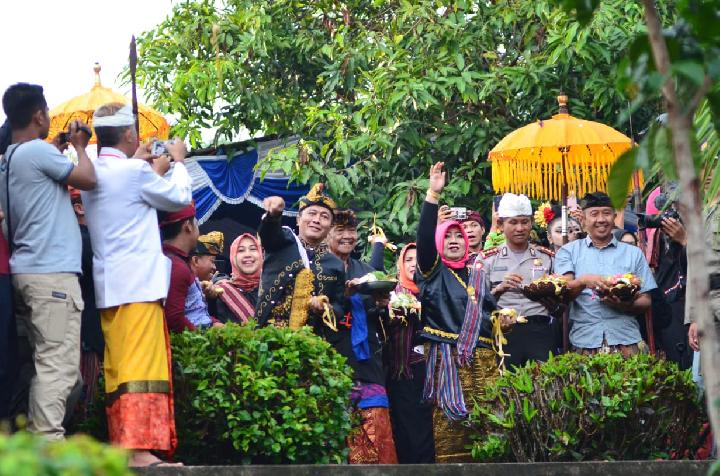













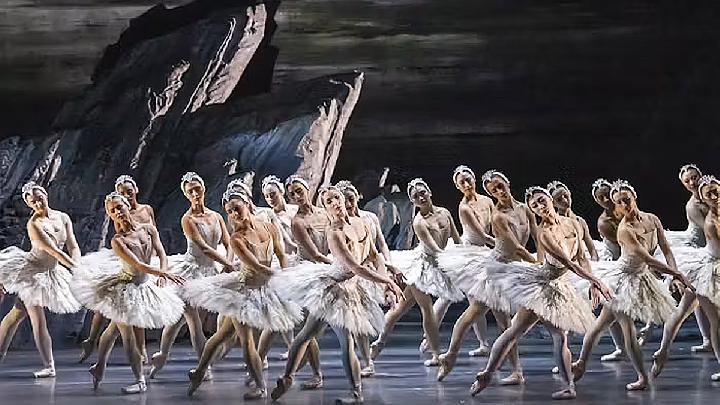





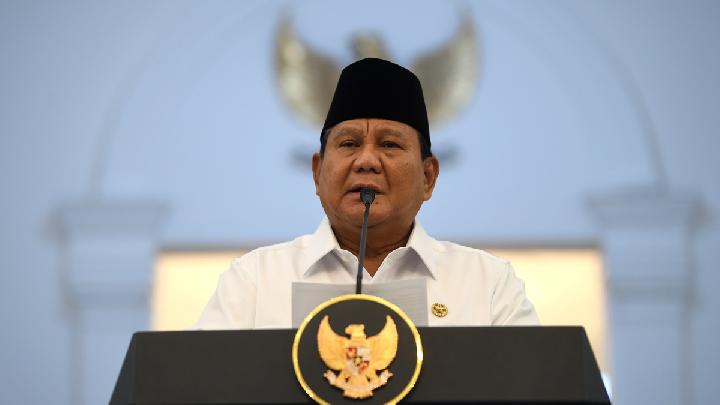





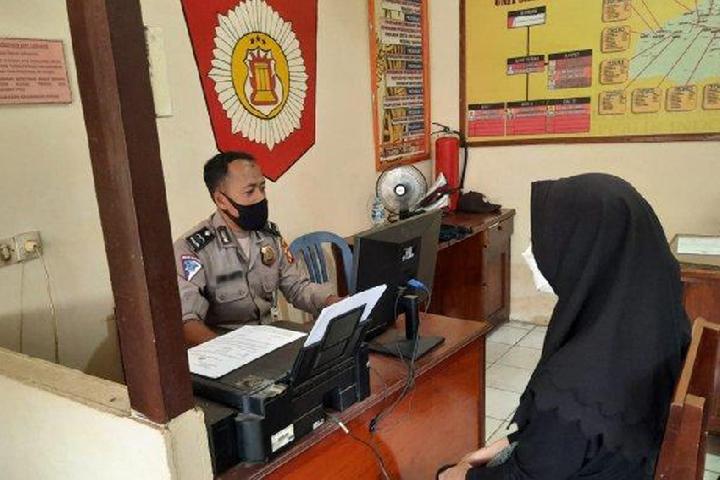

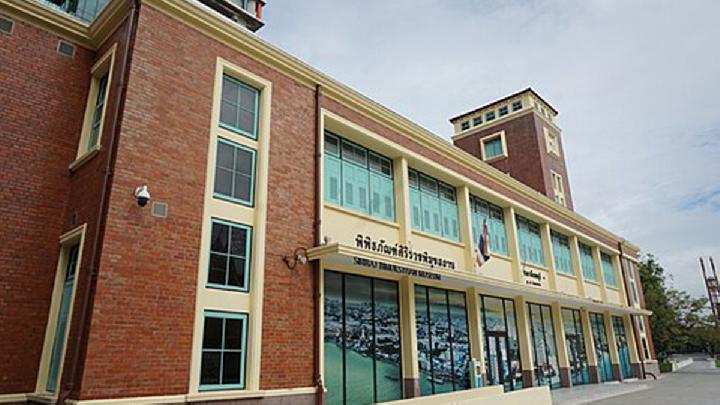

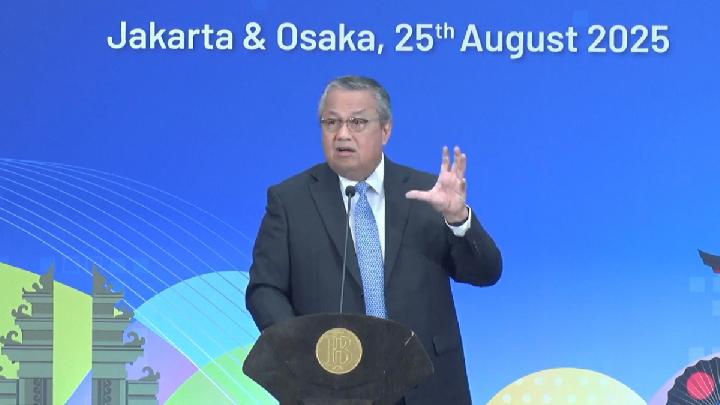

:strip_icc():format(jpeg)/kly-media-production/medias/5243277/original/092151900_1749100247-front-view-cute-little-boy-listening-music.jpg)
